Every time I visit Wawasan in KL, Malaysia, I stay a little longer. The variety of mushroom species is enough to keep one occupied for hours. My last foray lasted nine.
I slowly walked along the trail from early morning to evening, lured in by some of the most captivating and unique colors and shapes.
A couple of fellow mycophiles tagged along and shouted with surprise. Pointing off into the bush, bright yellow growths dotted the forest floor. I’d never seen anything like it before.
Pulveroboletus ridleyi
Venturing further in and scanning the ground, I lost count. Over a hundred Pulveroboletus ridleyi at all stages of growth were found.
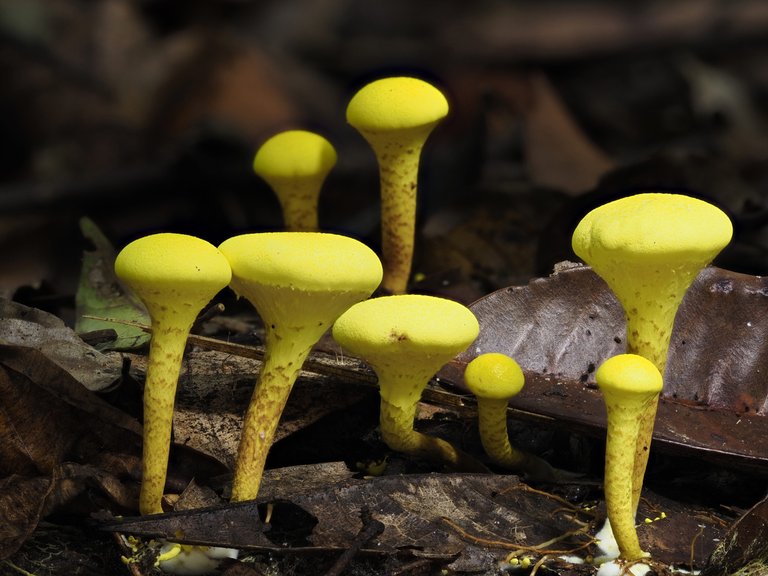
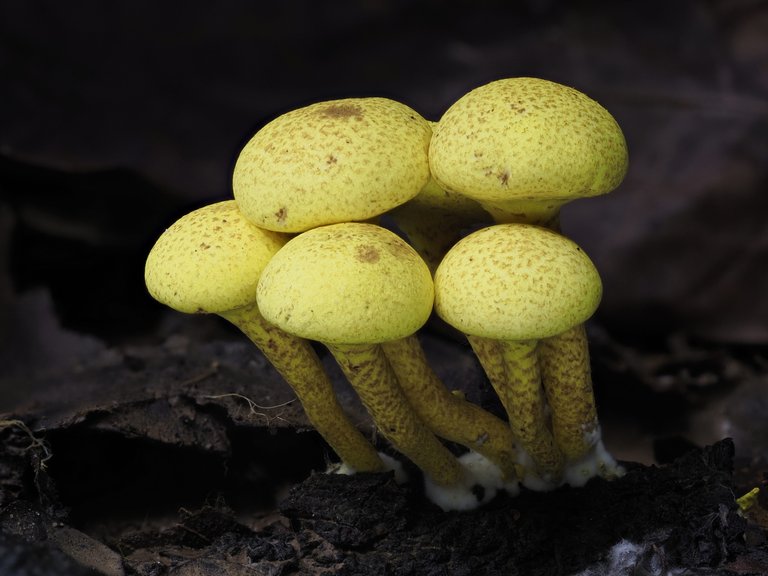
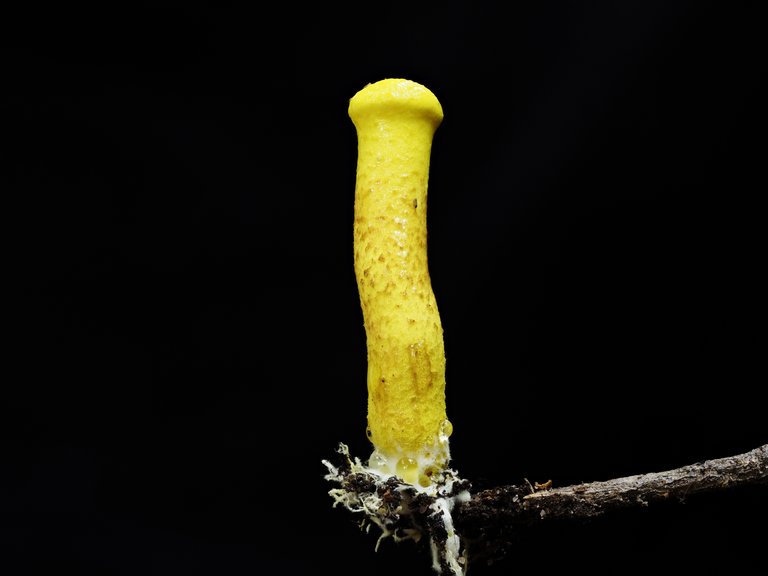
Usually, with bright-colored mushrooms, you wouldn’t think them to be edible, but supposedly these are and have been used in traditional Chinese medicine to treat various ailments such as numbed limbs and lumbago and used as an antihemorrhagic.
I pick a couple and notice that my fingers are immediately stained yellow, leaving a powdery residue. I see now where the common name comes from (Powdery Sulfur Boletes).
The mushrooms are used as a dye and produce colors like yellow, gold, greenish-yellow, orange, and olive, depending on the mordant used.
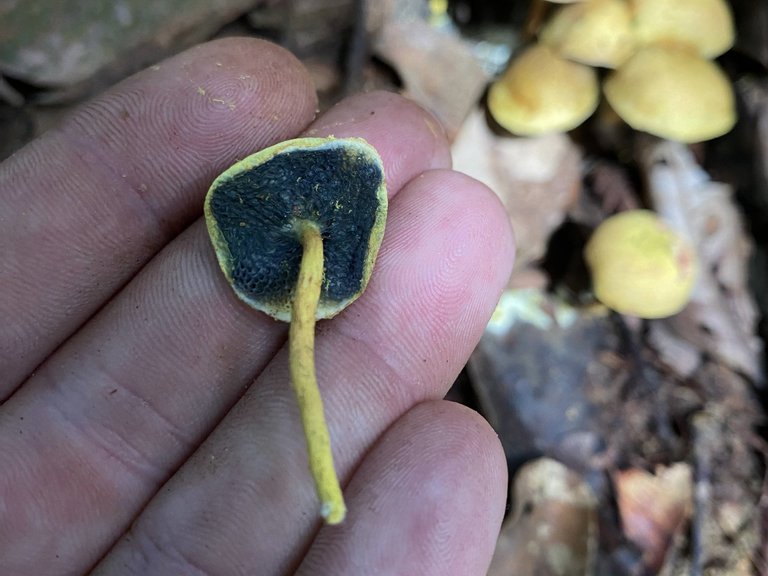
When the cells are damaged, the mushroom stains blue and darkens quickly, especially in the pores. I pull out my knife, make a few slices into the pores and watch as the pulveravin, and boletol compounds oxidize.
After bisecting a larger specimen, I notice the blue bruising immediately, and I’m fascinated.
Many mushrooms have this reaction, and although magic mushrooms like Genus Psilocybe exhibit this characteristic, this species isn’t psychoactive.
David Arora says it best from Mushrooms Demystified:
I was dumbfounded by the sight of my first Pulveroboletus. As boletes go, it is an odd creature, a gaudy misfit, an audacious anomaly. The brilliant yellow cottony veil which covers the cap and stalk when young sets it apart from all other boletes.
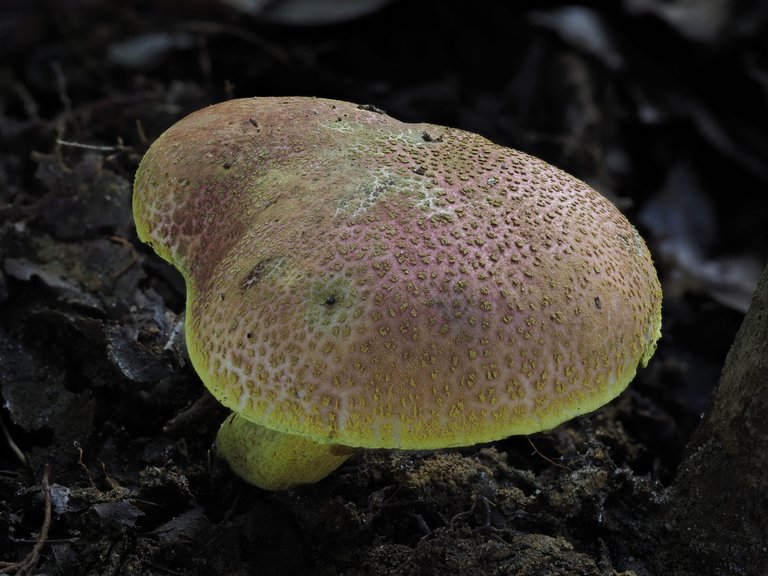
More and more yellow boletes dot the side of the trail, and they never get old. To cap off the hike, we were rewarded with the biggest one yet. The cap texture was leathery and reddened. The stipe was thicker and the cap larger than the other, smaller ones we’d seen.
Heimioporus cf. japonicus
One of the more interesting Boletes on the bucket list was Heimioporus japonicus. This species is a trademark at Wawasan, and many locals know of it. It’s common in tropical and subtropical regions.

The reticulated pattern on the stipe and change in color from a light yellow-orange to a deep red reminds me of a rocket ship’s flames. The younger ones were about the size of a finger, and the older ones were pretty big, about the size of the palm of your hand.
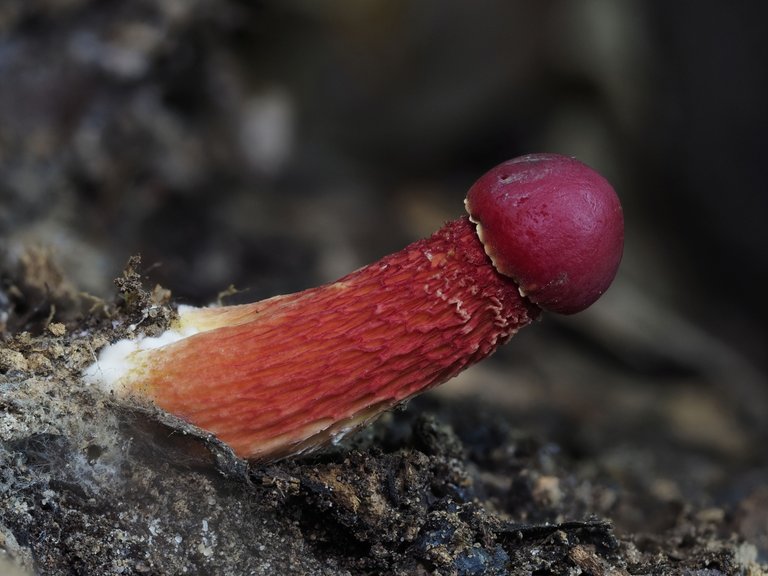
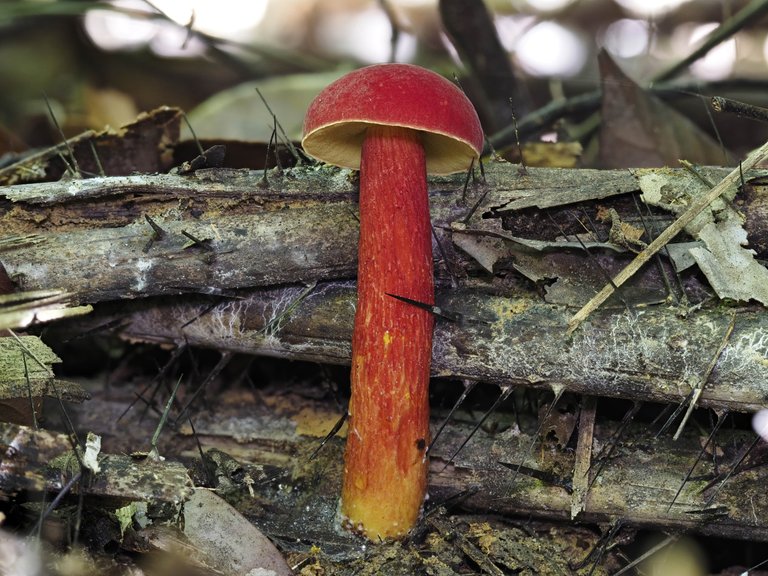
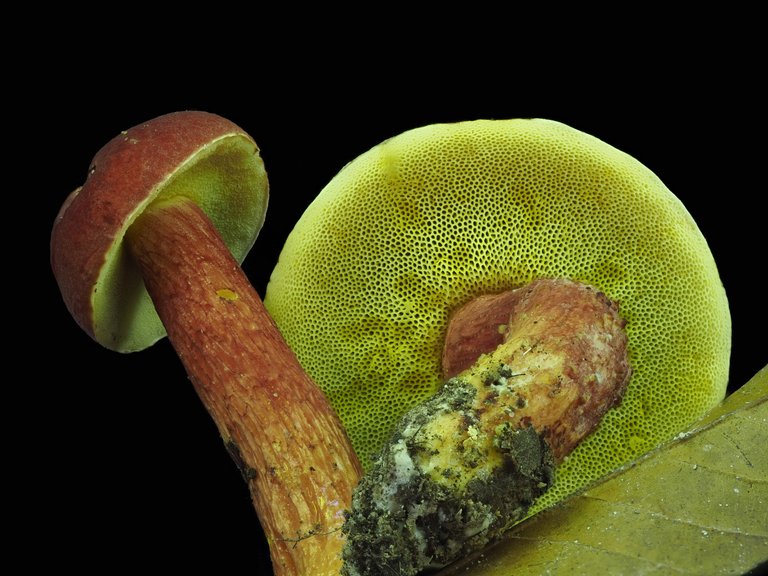
I reach through some thorny fronds to pick one, and some hikers spot my friend and me. Coming out of the bush, I showed them what I found, and they were surprised.
I offered one of the women to hold it, and she recoiled, laughed, and said she didn’t want to touch it or else risk hallucinating (…this won’t happen).
Strobilomyces
Commonly referred to as Old Man of the Woods, this mushroom’s scientific name translates to ‘wooly mushroom that resembles a pine cone.’ I found a couple of them and knew they looked similar to the ones normally found in temperate regions.
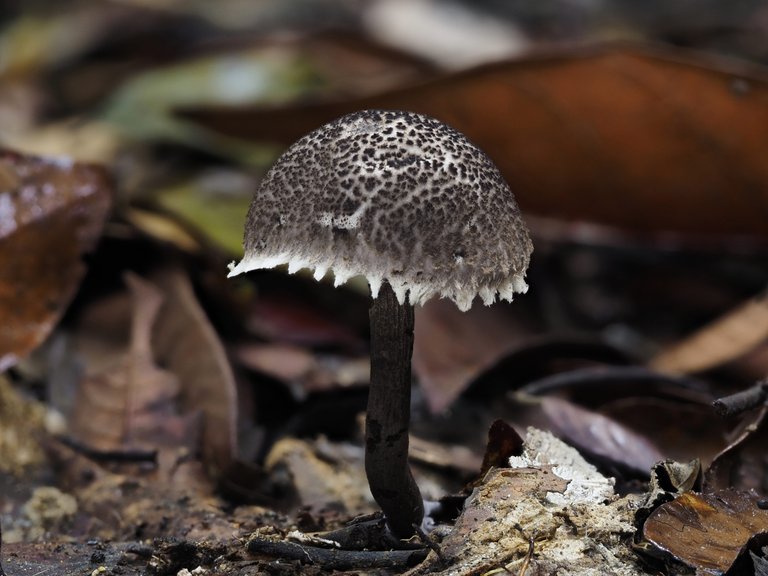
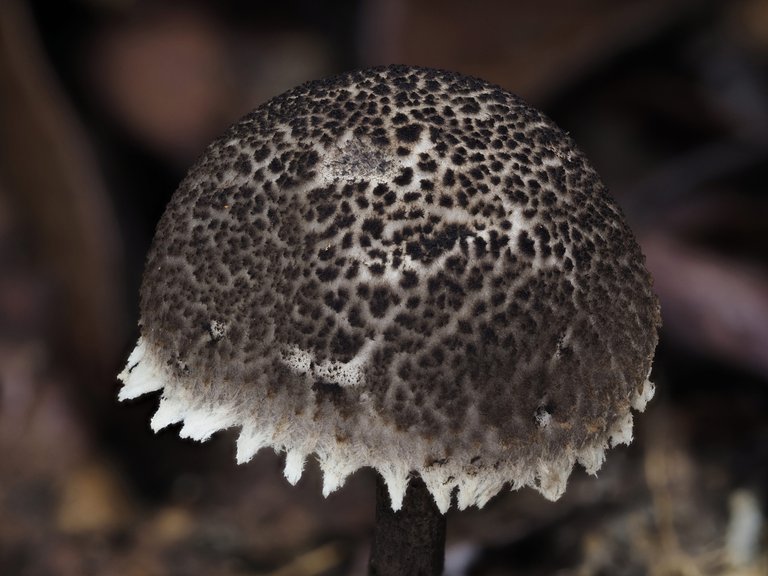
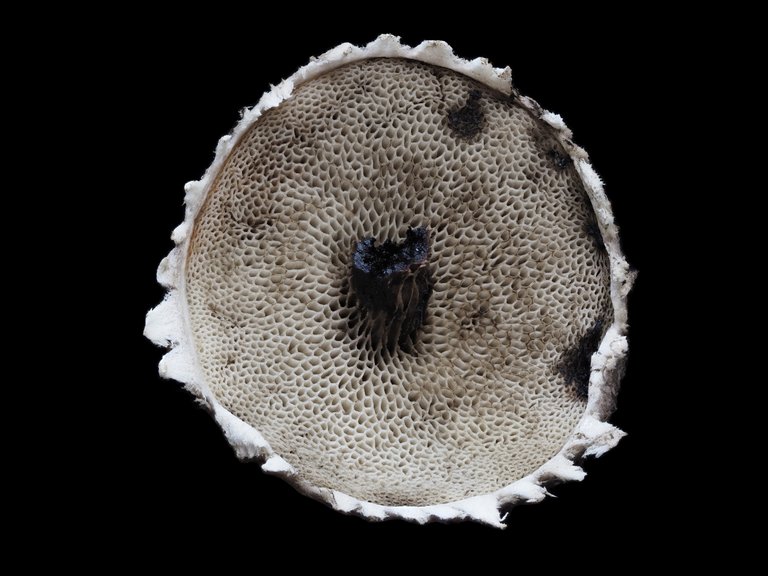
According to the FRIM checklist of Malaysian Fungus Species, there are ~7 species of Strobilomyces. The mushroom is deemed edible.
After such a long foray, I, too, felt like an Old Man of the Woods!
Originally posted on my Substack (https://myconeer.com)
Wow amazing finds in Malaysia. The red one looks like the Exsudoporus frostii I find over here in Wisconsin. Old man of the woods I've only seen in North Carolina, somewhat hard to find in my area.
Congratulations @myconeer! You have completed the following achievement on the Hive blockchain And have been rewarded with New badge(s)
Your next target is to reach 50 upvotes.
You can view your badges on your board and compare yourself to others in the Ranking
If you no longer want to receive notifications, reply to this comment with the word
STOPCheck out our last posts:
PS.
You also may be intrested to know there is another (more active) fungi-dedicated Hive community:
Warmly welcome to the community @myconeer. Great photos and story. https://peakd.com/c/hive-151327/created
Hello.
Welcome to Hive.
To confirm your authorship of the content, could you please mention the Hive blog in your Substack profile?
https://substack.com/@myconeer
You can remove this mention, once we confirm the authorship.
Thank you.
More Info: Introducing Identity/Content Verification Reporting & Lookup
By the end of this page,
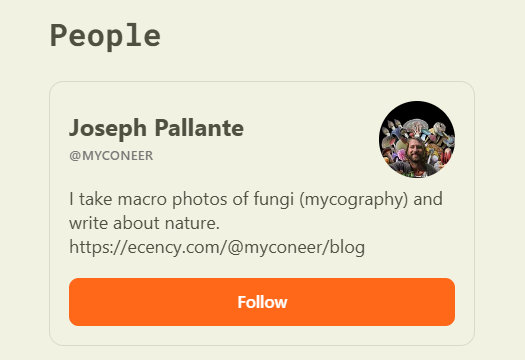
Seems e'thing is ok 🙏
Thanks a lot.
It's been verified:
https://hivewatchers.com/verifications?utf8=%E2%9C%93&verification%5Busername_search%5D=myconeer